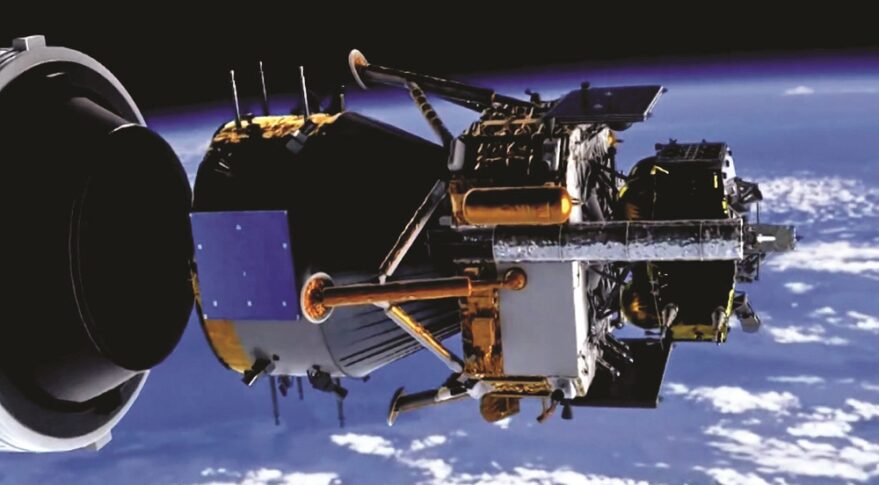by Sandra Erwin —

DoD in its annual report on China’s military capabilities says the PLA continues to develop weapons for use against satellites in orbit
WASHINGTON — China’s space ambitions and rapid adoption of commercial technology figure prominently in the Pentagon’s 2022 annual report on “Military and Security Developments Involving the People’s Republic of China.”
The 174-page congressionally mandated report, released Nov. 29, dives into China’s military and defense capabilities, which the Pentagon considers “the most consequential and systemic challenge to U.S. national security.”
As it has done in previous reports, the Pentagon again calls out China for plowing ahead with investments in advanced military space capabilities despite the regime’s public rhetoric against the militarization of space. And the 2022 report repeatedly mentions China’s dogged pursuit of “space superiority.”
While the PRC “officially advocates for the peaceful use of space and is pursuing agreements in the United Nations on the non-weaponization of space, it continues to improve its counter space weapons capabilities,” the report says.
Other takeaways highlighted by the Pentagon on China’s space strategy:
- China’s military has reorganized to better integrate cyberspace, space, and electronic warfare into operations.
- China’s space strategy is expected to evolve over time, keeping pace with the application of new space technology.
- The PLA views space superiority as an imperative to control information gathering, and communications.
- China’s perceptions of the importance of satellites in U.S. military strategy and tactics shapes the PLA’s planning and campaigns.
- The PC’s space enterprise continues to mature rapidly. Beijing’s goal is to become a space power and surpass the United States.
- China is investing in modern satellite constellations for intelligence and surveillance, high-data rate communications, positioning navigation and timing, and weather forecasting.
- China has developed and will continue to develop weapons for use against satellites in orbit to degrade and deny adversaries space capabilities.
A concern for the United States is how quickly China is adopting commercial technologies and taking advantage of low-cost launch, said Brendan Mulvaney, director of the China Aerospace Studies Institute.
For decades only the United States could afford to deploy advanced satellites and China’s systems were nowhere nearly as sophisticated, Mulvaney told SpaceNews. In recent years China has leveraged lower cost satellites and launch vehicles that have made space more accessible, he said.
“This has provided China the ability to quickly catch up,” said Mulvaney. Instead of building exquisite satellites that last for 20 years or longer, China is deploying cheaper ones meant to only last five years, and in the same 20-year cycle it refreshes the technology multiple times.


